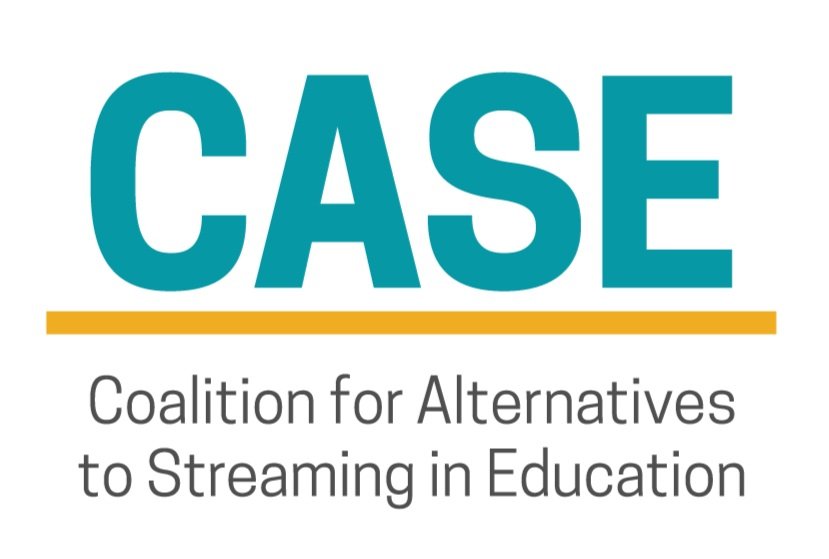April 6 2019
E-learning: The Path of Least Investment?
Last month, the provincial government announced that mandatory e-learning is on the horizon for high school students in Ontario. This change comes as part of the provincial plan to modernize classrooms across the province and would require students to take four online courses to graduate, averaging one per year. This brings up serious issues around accessibility, equity, and a deepening rift around student success.
The infrastructure required to support broadband in schools is inconsistent across the province, particularly in rural areas. As well, schools do not have enough computers to accommodate all students. “Connecting to success: Technology in Ontario schools”, a new report from People for Education demonstrates that most elementary and secondary schools rely on students to bring their own devices to school to participate in online learning. This reflects an unfortunate reality in the face of funding cuts where the onus is on students to provide educational technology instead of institutions. This will place disproportionate financial strain on low-income students, who research shows are placed in applied streams more frequently.
Of major concern is how “low-achieving” students will fare in e-learning courses. Studies show that these students consistently do worse and learn less in online courses than in physical classroom settings. While e-learning may benefit students already doing well in school, it harms those struggling with special learning needs or from a lower socioeconomic status. The withdrawal of classroom time in favour of independent online study then represents a denial of support to the students who need it most.
Given that the provincial government has recently advocated for a teacher hiring freeze, it would seem that the push towards e-learning aligns more with principles of fiscal efficiency than with promoting student learning and equity. While this will affect all students in Ontario, marginalized students in lower educational pathways will be the most vulnerable.

